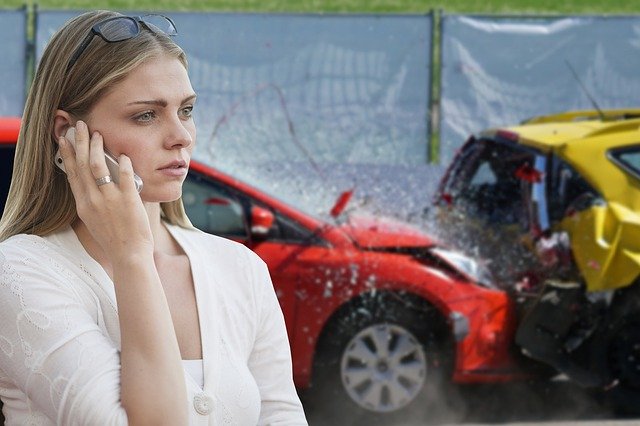Getting into an accident can be a traumatic experience for everyone involved, even if no bodily injury occurs. Unfortunately, the average collision costs each person approximately $800.
Of course, how much you’ll need to pay depends on the level of damage to your vehicle.
Not sure where to start? Don’t worry, we have got you covered.
Let’s take a look at everything you need to know about the different tiers of vehicle damage.
MINOR DAMAGE
As the name suggests, this type of vehicle damage is the easiest to deal with. In some cases, you may not even feel compelled to repair the damage at all.
Minor scratches, scrapes, and dents are all examples of minor damage. However, this category also includes things more serious such as a damaged headlight.
This type of damage more than likely will not cause any issues with your vehicle’s function and is purely cosmetic. If you don’t mind how it looks, don’t bother spending money out of your pocket.
MODERATE DAMAGE
Large dents, deep scratches, and similar structural damage to your car are often considered moderate damage. As a rule of thumb, you most likely have moderate damage to your vehicle if the collision caused your airbags to deploy.
Since the physical damage in this category is more significant than minor damage, you may experience further complications. For example, deep dents could prevent you from opening your car’s doors, hood, etc.
Moderate damage is often too significant to avoid repairing.
SEVERE DAMAGE
Ideally, you’ll never have to deal with this category of vehicle damage.
In general, severe damage includes:
- Broken/bent frames
- Broken/bent axles
- Missing pieces of the vehicle
- A significant part of the vehicle has been crushed
In these cases, the airbags are virtually guaranteed to deploy, and these types of collisions are likely to pose a significant threat to your health. Common injuries are head trauma, broken bones, whiplash, etc.
Rolling your vehicle or getting T-boned in an intersection are often scenarios where severe vehicle damage occurs.
WHAT SHOULD I DO AFTER AN ACCIDENT?
After a collision, you have a few responsibilities.
First, you should notify the police and tell them what happened so that there’s a legal record of the scene. Then, you can exchange insurance information with the other driver, take photographs of the damage, and seek medical attention.
Afterward, you can then begin making arrangements to repair the damage to your vehicle. If you plan on taking legal action against the other driver, now is also the time to seek the help of a legal professional.
UNDERSTANDING THE DIFFERENT LEVELS OF VEHICLE DAMAGE CAN SEEM DIFFICULT
But it doesn’t have to be.
With the above information about vehicle damage in mind, you’ll be well on your way to getting back on the road as quickly as possible.

